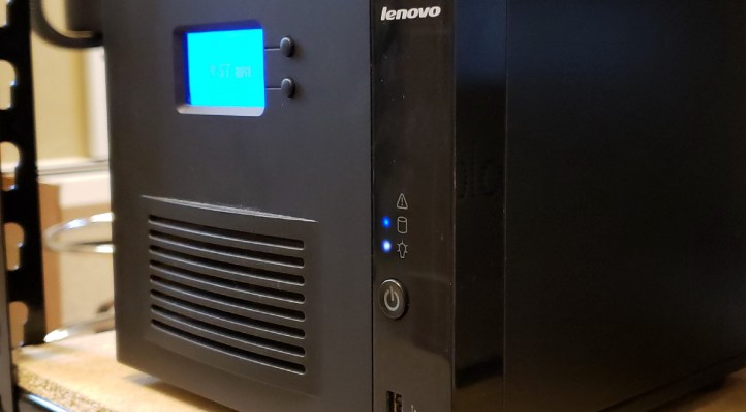According to malware researchers from Proofpoint, DanaBot attackers launched a new campaign aimed at banks in the United States.
A couple of weeks ago, security experts at ESET observed a surge in activity of DanaBot banking Trojan that was targeting Poland, Italy, Germany, Austria, and as of September 2018, Ukraine.
DanaBot is a multi-stage modular banking Trojan written in Delphi, the malware allows operators to add new functionalities by adding new plug-ins.
When it was analyzed by Proofpoint, its experts speculated the threat has been under active development.
The banking Trojan initially targeted Australia and Poland users, then it has expanded in other countries, including Italy, Germany, Austria, and as of September 2018, Ukraine.
According to Proofpoint, now DanaBot attackers launched a new campaign aimed at banks in the United States as well. Experts monitored different campaigns using a different ID found in server communications, a circumstance that suggests the DanaBot is being offered through the malware-as-a-service model.
ProofPoint has identified 9 different actors distributing the Trojan to a specific region, experts highlighted that only Australia was targeted by two different groups of attackers.
“Based on distribution methods and targeting, we have been grouping DanaBot activity using an “affiliate ID” that we have observed in various part of the C&C protocol (e.g., offset 0xc of the 183-byte binary protocol header). ” reads the report published by ProofPoint.
The campaign against North America uses spam messages that pretend to be digital faxes from eFax received by the recipients.
When the recipient clicks on the download button included in the content of the message, it will download a weaponized Word document that poses as an eFax.
Is the recipient enables the macros to properly view the fax, the malicious code executes the embedded Hancitor malware that downloads two versions of Pony stealer and the DanaBot banking malware
“The emails used an eFax lure (Figure 1) and contained a URL linking to the download of a document containing malicious macros (Figure 2). The macros, if enabled by the user, executed the embedded Hancitor malware [3], which, in turn, received tasks to download two versions of Pony stealer and the DanaBot banking malware.” continue the analysis.
Experts from Proofpoint highlighted that each affiliate id is utilizing different distribution methods, some actors leverage the Fallout Exploit Kit, others web injects or malspam campaigns. Researchers also found similarities between how DanaBot and the CryptXXX Ransomware that was using a custom command and control protocol on TCP port 443.
Proofpoint speculates DanaBot’s C&C traffic is an evolution of this protocol that uses AES encryption in addition to the Zlib compression.
The researchers believe that the developers created DanaBot as part of an evolution of CryptXXX.
“Thus it would seem that Danabot follows in a long line of malware from one particular group. This family began with ransomware, to which stealer functionality was added in Reveton.” concludes Proofpoint.
“The evolution continued with CryptXXX ransomware and now with a banking Trojan with Stealer and remote access functionality added in Danabot.”
To read the original article: https://securityaffairs.co/wordpress/76783/breaking-news/danabot-banking-malware-us.html

